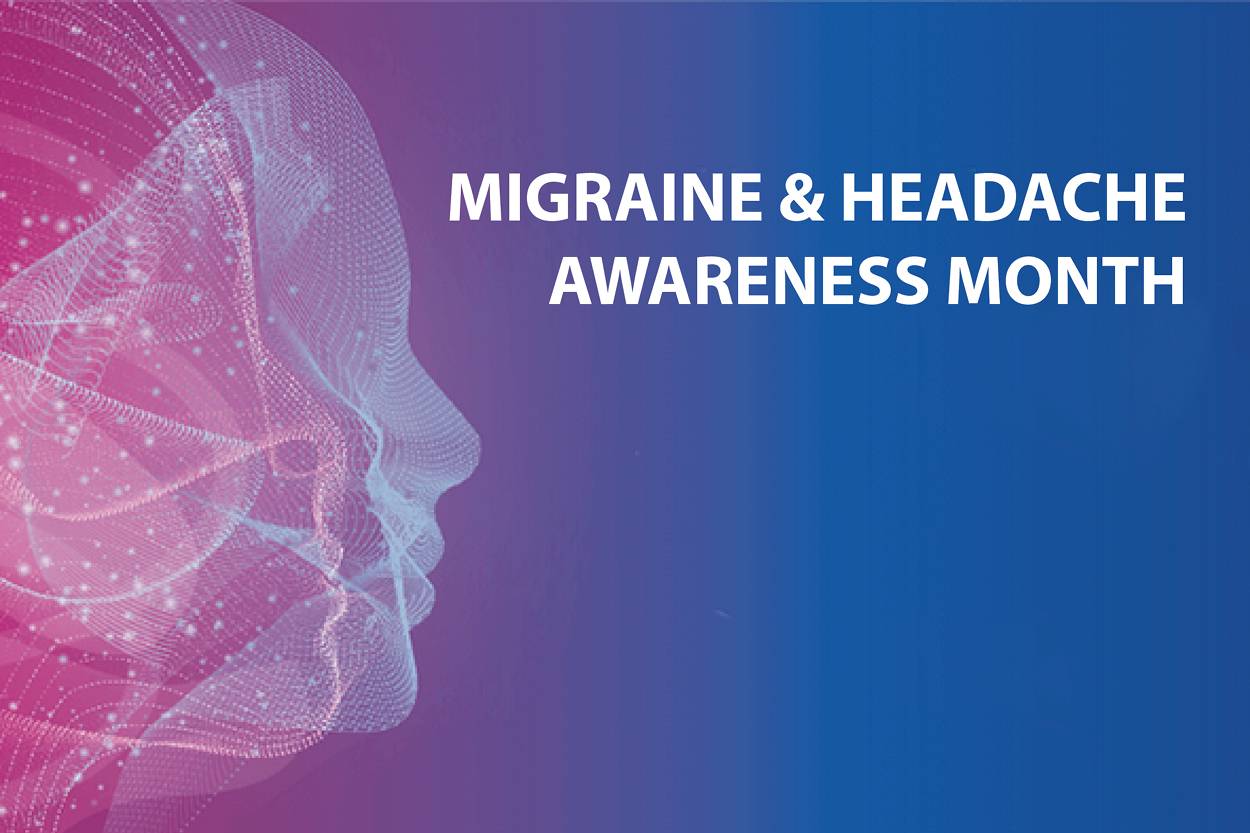Migraine & Headache Awareness Month
Have you ever experienced a pounding headache after a tiring day? Determining whether it's just a regular headache or a full-blown migraine that requires specific relief can be challenging. However, understanding the difference is crucial for finding the right solutions and getting the relief you need.
Headaches and migraines can have distinct characteristics and symptoms. Headaches often cause a general ache or pressure in your head, while migraines tend to be more severe, with additional symptoms such as nausea, sensitivity to light and sound, and visual disturbances.
If you're unsure about your symptoms or need relief, it's important to seek guidance. Your primary care doctor is there to help evaluate your condition, provide accurate diagnoses, and suggest appropriate treatment options.
Here are some signs that indicate it may be time to see your doctor:
Frequent or Intense Headaches: If you experience headaches that occur more frequently than usual or are exceptionally severe, it's important to discuss them with your primary care doctor. They can evaluate the pattern, severity, and potential triggers to determine the appropriate course of action.
Disruptive Symptoms: Headaches accompanied by symptoms such as vomiting, dizziness, difficulty speaking, numbness, or confusion should not be ignored. These could be indicators of an underlying medical condition that requires further investigation.
New Onset of Headaches: If you are experiencing headaches for the first time or notice a significant change in their characteristics, it's essential to seek medical evaluation. Your primary care doctor can assess potential causes and recommend appropriate diagnostic tests or referrals to specialists if needed.
Headaches with Specific Triggers: Some individuals may identify certain triggers, such as certain foods, stress, hormonal changes, or environmental factors that consistently lead to headaches. Discussing these triggers with your primary care doctor can help develop personalized management strategies and explore potential preventive measures.
Impact on Daily Life: If headaches or migraines significantly interfere with your ability to perform daily activities, work, or enjoy a good quality of life, it's crucial to seek professional guidance. Your primary care doctor can assess the impact of these symptoms on your overall well-being and provide appropriate treatment options.
Your doctor will conduct a comprehensive evaluation to understand your medical history, identify potential triggers, and assess the impact of these symptoms on your life. They may order diagnostic tests, recommend lifestyle modifications, prescribe medications, or refer you to a specialist if necessary.
In addition, your doctor can provide guidance on self-care strategies, stress management techniques, and preventive measures tailored to your specific needs. Open and honest communication is key to finding effective solutions and improving your quality of life. Remember, you don't have to suffer in silence – seek the help you need to find relief.

